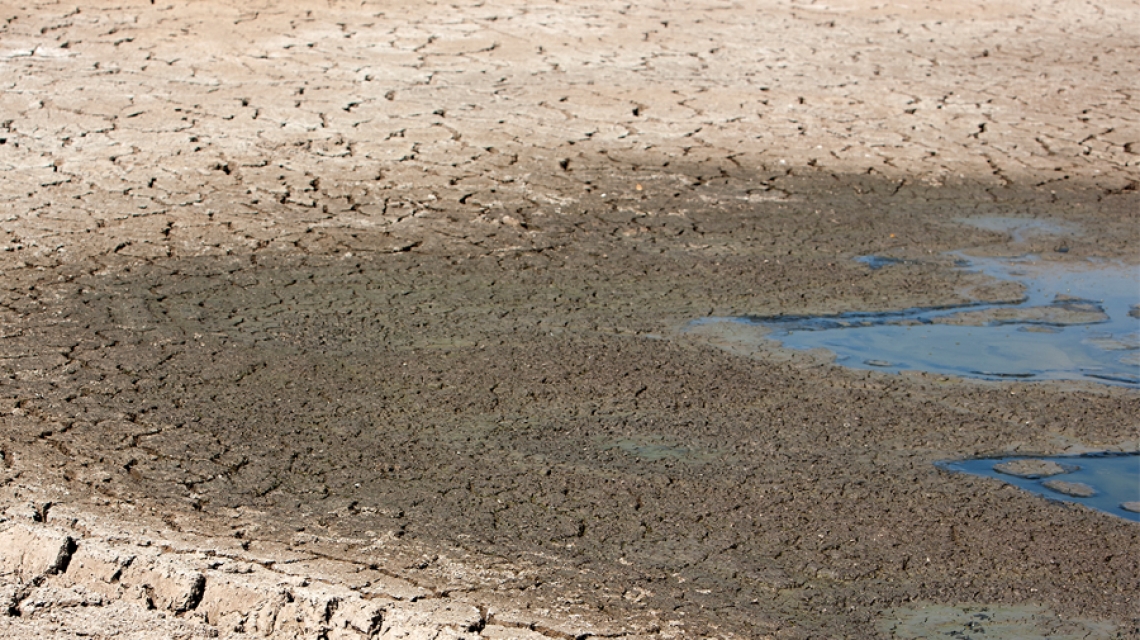
By Dr. Steve Griffiths
According to the World Bank, approximately 54% of the world’s population lives in urban areas today and by the middle of the century this proportion will grow to as much as 70%. Coupled with this growth in urbanization is the increasing challenge of water scarcity in many of the most rapidly developing parts of the world, such as the Middle East. The practical ramification of rapid urbanization in water scarce regions is that innovation to achieve water security is urgent. In the United Arab Emirates (UAE) and other water scarce nations, water sector innovation strategies must be pursued on multiple fronts, including desalination, water recycle and reuse and water use efficiency.
Collectively, the UAE and other countries located along Arabian Gulf have populations that are more than 70% located in urban areas and, on a per capita basis, consume much more water than the world average despite having extremely limited rainfall and groundwater supplies. In response, these countries have constructed the most extensive network of desalination plants in the world to produce fresh water. These plants produce millions of cubic meters of fresh water from seawater each day, meeting immediate water supply needs but at a heavy environmental and economic cost. The predominantly thermal desalination plants constructed in the past have contributed to the region’s status as one of the highest carbon dioxide emitting regions in the world and have required the use of natural gas and oil that otherwise could be put to more productive economic purposes, such as international export or use in petrochemical production.
In order to move away from reliance on thermal desalination to meet water supply needs, innovation is required. One area of required innovation is high efficiency and low cost desalination systems. Desalination, however, is just one solution. In the context of urbanization and “smart city” design, “smart water” becomes a very relevant concept as it relates to water and wastewater infrastructure for effective and efficient water management.
A smart water system must be designed to collect meaningful and actionable data about water flow, pressure, distribution and consumption. Likewise wastewater treatment and utilization are key to generating water for residential, agricultural and industrial uses as well as energy production. On the latter point, there are several examples of wastewater treatment facilities that produce more energy than required for their operations and provide the excess energy back to the electrical grid. In fact, at Masdar Institute we are exploring energy neutral and energy positive wastewater treatment with partner organizations such as General Electric.
Necessary innovations in the water sector encompass a wide variety of solutions and are central to the overall clean tech innovation landscape. As an illustration of this point, the 2015 Global Cleantech 100 ranking released by the Cleantech Group in early 2016 contains several geographically dispersed, early stage water and wastewater companies. Included in the list are Fathom (United States), providing cloud based software-as-a-service (SaaS) solutions for municipalities to manage water systems, Orbital Systems (Sweden), developing of an efficient closed loop, water recycling shower unit that uses an off-the-shelf microfilter and nanofilter membranes, Organica Water (Hungary), providing Fixed-Bed Biofilm Activated Sludge (FBAS) wastewater treatment plants in urban and residential population centers, OxyMem (Ireland), developing efficient aeration systems for wastewater treatment that reportedly can reduce energy consumption by 60% to 80% and achieve similar reductions for plant footprint and sludge production as compared to coarse bubble aeration systems, Saltworks Technologies (Canada), providing advanced systems for desalination, brine management and chemical recovery applications and TaKaDu (Israel), providing a web-based platform that monitors water distribution networks and gives real-time alerts on inefficiencies, water loss, faults and other network problems. Perhaps surprisingly, not one of these companies is located in the Arab world where the need for water innovation is significant.
At the Masdar Institute of Science and Technology, the need for locally tailored solutions to address regional water challenges is at the top of our agenda. Our water and environment research strategy reflects the convergence of innovations in materials science, information science and applied technologies that is demonstrated by the 2015 Cleantech 100 list of companies. Specifically, we have developed a strategy that includes at its core enhanced material systems, including computational materials design, smart sensors and artificial intelligence. These platform capabilities feed into the development of new technologies for clean water production, water recycle and reuse and water efficiency.
This approach allows us to partner with leading water technology companies, such as Trevi Systems, Suez Environnement, Abengoa and Veolia in water technology demonstrations, while at the same time advancing our platform capabilities in the materials and information sciences. This strategy of use-inspired fundamental research allows us to move toward the forefront of water sector innovation for an urbanized, water scarce region and, in time, produce new companies that can compete on the global scale.
Dr. Steve Griffiths is Vice President for Research at Masdar Institute of Science and Technology.
19 April 2016
This op-ed was first published in Issue 25 of Innovation and Tech






